Interview: How brothers at Abstract Aerial Art creates masterpieces from above
 |
| Photoshop wasn’t involved here. This image of a real-life puzzle piece was captured with a drone in the Netherlands. |
JP and Mike Andrews, brothers from the United Kingdom, have gained international recognition for their compelling images taken from an aerial perspective. There’s a good chance you may have already encountered their work in some capacity; they’ve been featured in major publications including The Guardian and National Geographic.
The duo, who refer to themselves professionally as Abstract Aerial Art, had an epiphany back in 2016. While they didn’t have a concrete plan, one thing was clear: they were fed up with their day-to-day lives and needed to change their circumstances. Without a concrete plan in place, they embarked on a journey through the Australian outback, with the intention of taking a hiatus, and unexpectedly found their true calling.
All the images in this slideshow, and on their popular Instagram feed, are taken from real, un-staged locations around the world. Besides slight color and contrast enhancements, the images are not manipulated. ‘The point is not to work out what it is, but to show how weird and wonderful the world can look from above.’ What really sets their work apart is the composition, something the duo has mastered. That last component has transformed their images from mere photographs to works of art.
How do they do it? I’m lucky to call these two friends and they were gracious enough to answer my questions about their background, initial attraction to the drone world and how they monetize their work so they can continue to live the type of adventurous life that most photographers wish they had. All images in this article are published with permission from Abstract Aerial Art.
The Congregation
 |
What is your background?
Mike had been working as a commercial photographer, predominately focused on the product side of things. The technical knowledge he built up over the years was certainly a contributing factor in our decision to buy a drone in the first place. JP was working as a music producer and sound designer and had absolutely no experience in photography.
In early 2016, heartbroken and fed up with day-to-day life in the UK, we made the joint decision to leave everything we knew back home, purchase a one-way ticket to Australia and, with no plan whatsoever, fly to the other side of the world. It was during this life-changing adventure around the Australian continent that we were inspired to get into aerial photography.
The Vault
 |
What was your initial attraction to the drone world?
The idea first came about during the year we spent traveling around Australia, specifically the time we spent in the outback. With the intention of filming some of the incredible sights we had seen whilst we were out there, we decided to purchase a drone after an evening in the pub… we will let you draw your own conclusions from that! At the time, we knew nothing about drones. We had never even seen one, let alone flown one.
Heading back out into the Australian wilderness, we started to take some shots of the landscapes surrounding us. Looking back at the images we had captured, we realized we had a number of extremely unusual photographs that loosely reminded us of abstract artworks. As a result, Abstract Aerial Art was born.
The Zipper
 |
What gear and accessories are you currently using?
We have two drones, a DJI Phantom 4 Pro and a DJI Mavic 2 Pro. The Phantom 4 Pro is the drone responsible for the majority of our work and in our opinion, the best drone currently available for a balance between quality and practicality. We initially brought the Mavic 2 Pro as a backup drone to the Phantom 4 Pro. However, we have found ourselves using it more and more in recent times, primarily for its practicality.
Each has their benefits but they are both capable of shooting extremely high-quality stills and videos. We also carry a Canon 5D MK4 and a GoPro Hero 7 for ground-based shots and behind-the-scenes video stuff.
Accessory-wise, we have very little other than the PolarPro Cinema Series filters for both drones. We consider them a must-have for anyone serious about shooting quality content from a drone (disclaimer: they are brand ambassadors).
Aqua Phone
 |
Some of your shots are incredibly unique, whether they’re close up or display an entire landscape. How do you find these places?
We dedicate a huge amount of our time to meticulously researching the planet for things that interest us. Almost every single image we have ever taken has been found during these research sessions. Only on very few occasions have we stumbled across something by accident out in the field.
When we say research, what we are referring to is using satellite applications to search for things that we want to photograph. We then screenshot these finds and save the coordinates of the location with the intention of shooting it for real at some point in the future. The process can be frustrating, even mind-numbing at times, but, in our opinion, it is absolutely essential to finding interesting places to photograph.
Thanks to apps such as Google Earth, the whole world is visible from an aerial perspective. As a drone photographer, you can imagine how useful that is! Using this method to find unique places to photograph is something that we cannot recommend highly enough if you are interested in getting into aerial photography. We have written a blog post on our website that includes some photo examples of how we go about this research process if you’d like to find out some more information.
Riding Solo
 |
From what I’ve noticed, you’re always traveling around the world for your art. How do you monetize your work so you can keep shooting in new locations?
Whilst we are always exploring new avenues for potential income from our work, we currently have two main sources of income. Both are online.
- Print sales – We have an online shop on our website where prints of our images can be purchased on different materials at a variety of price points.
- Image licensing – We sell licensed, digital content to brands and businesses for commercial usage. Our images have been purchased by customers for a wide range of purposes including advertising, printed media, and website design.
Burnout
 |
Your work has a distinct style. When and why did you decide to focus on abstract art?
As we touched on earlier, the initial shots that we took in Australia loosely reminded us of abstract artworks and it was purely that which inspired us to explore how bizarre the world could look from an aerial perspective. To this day, we are blown away how surreal even the most mundane objects, structures, and landscapes can look from above.
All we have ever wanted to do since taking those first shots is focus on trying to shoot something different. As beautiful as the more well-known locations are, there is still a whole world out there still waiting to be discovered and the more we find, the more we realize we are yet to scratch the surface.
Skyline
 |
What image or series are you the proudest of?
The image we are most proud of is entitled ‘Skyline.’ The planning behind the shot took over 6 months. It all started on a completely unrelated shoot during which we had seen the shadows cast by these enormous ships under the right conditions. On our return home, we immediately set about working out how, when, and where we could best perfect the shot we had in mind.
There were so many variables that all had to be exactly right for it to work. These included sun positioning, tidal depths, wind speeds, and extremely precise angles. After a huge amount of research, we set off from the UK and drove into Europe arriving at our destination just before sunrise. Waiting until the ship we had chosen was in the correct position and the morning sun had risen high enough to cast the defining shadows, we sent out the drone to start taking pictures. After all the previous months’ planning, the actual shot was done within 15 minutes.
Fire and Fury
 |
What is the craziest situation you’ve been in while shooting?
Whilst driving through the Australian outback during one of the many wet season storms, we encountered a bolt of lightning strike the bushland surrounding us and set it alight. In an instant, we found ourselves at the centre of a raging wildfire. With very little consideration to the incredible danger we were in, we couldn’t resist the chance to jump out and capture Mother Nature at her ferocious best. Setting up the camera in what must be the quickest amount of time we ever have managed to achieve, we began photographing the scene.
Five terrifying minutes later, we had a shot of the wildfire and a lightning bolt in the same frame. We managed to get out of there just before our car was completely engulfed by flames. In hindsight, it was probably the most stupid thing we have ever done. That being said, it was a unique opportunity to capture something that few people will ever witness and despite the very obvious dangers, at the time, we thought it was well worth the risk.
Another Planet
 |
I’m not going to use the clichéd phrase ‘bucket list,’ but I’m curious to know where you have not been yet or what you consider a dream shoot?
We would love to photograph volcanic activity, especially lava. It has always been something we have just wanted to see, let alone have the opportunity to photograph. We are currently in the process of working out what we could do creatively with it, and how and where we are going to do it. There are obviously many challenges involved but these challenges are one of the many reasons we enjoy what we do so much.
The Maze
 |
What advice would you give to aspiring photographers, whether it’s aerial or ground-based?
The best piece of advice we can give any budding photographer is simply ‘love what you do.’ With the modern-day pressures of social media recognition, it’s very easy to forget those four simple words. We cannot express how grateful we are for the continued love and support we receive on social media and truthfully, it’s unlikely we’d even be in the position we are today without it.
That being said, from day one, we have never let that dictate what we wanted to shoot. That will never change. We photograph the things we do because we love it. Expressing yourself through any creative process is meant to be fun. Never let what you think others might find popular take your work in a direction that does not reflect you and your happiness.
Articles: Digital Photography Review (dpreview.com)

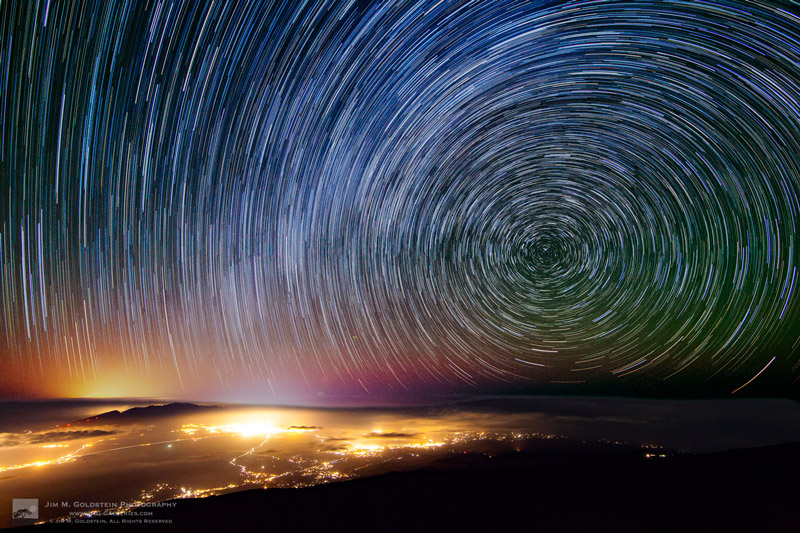


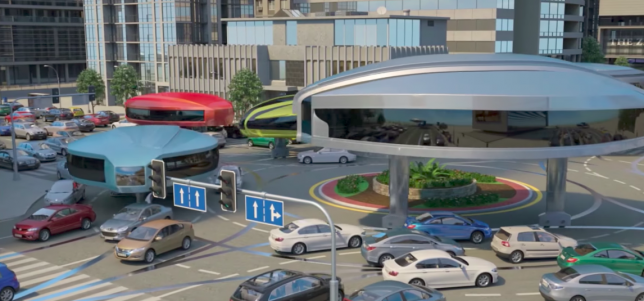
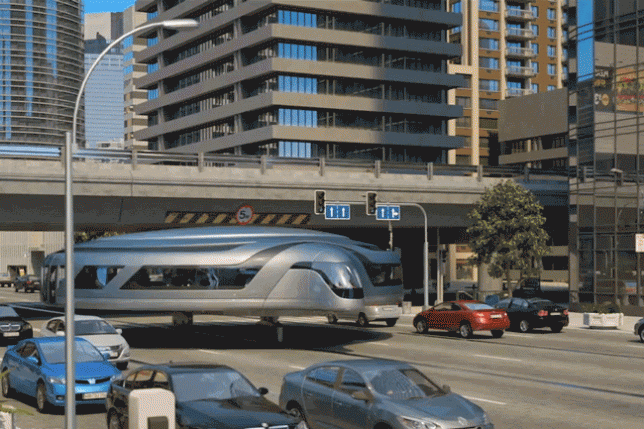
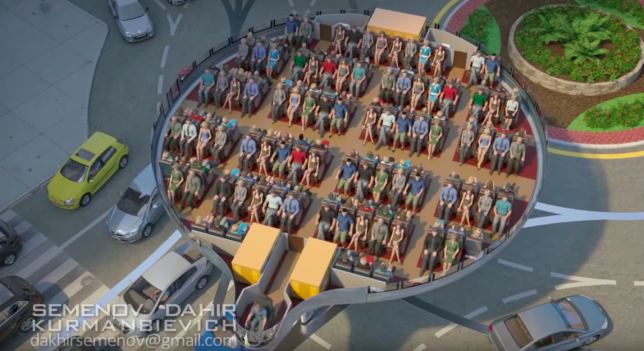
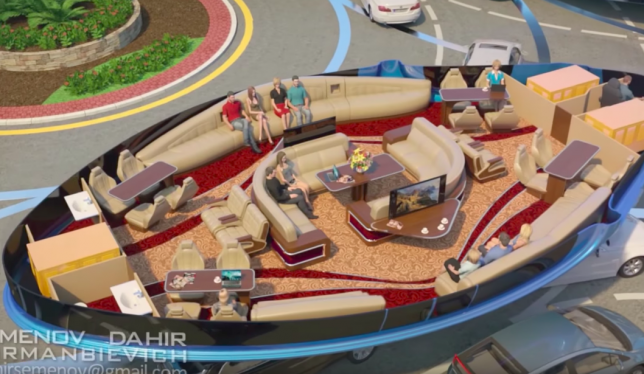
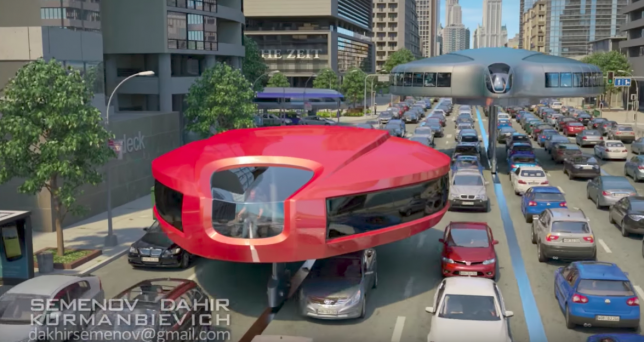
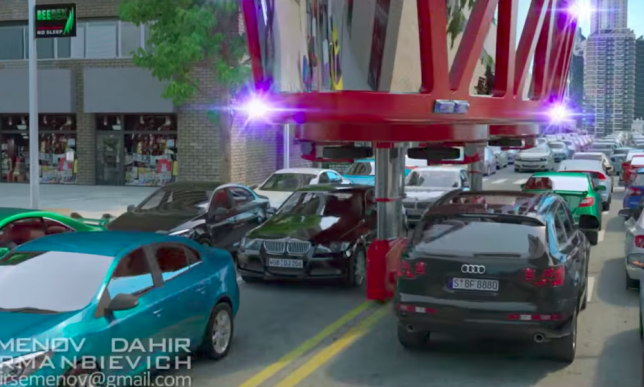
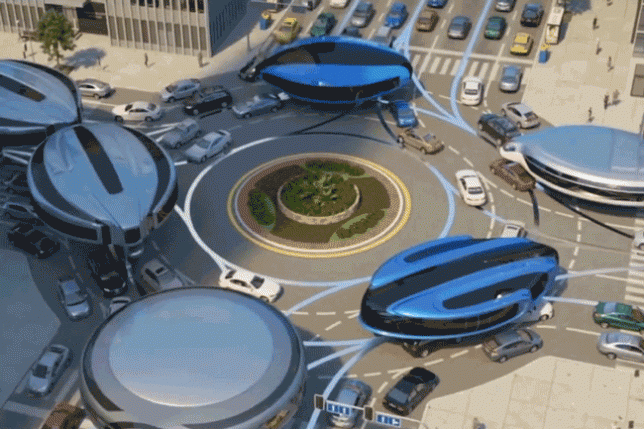







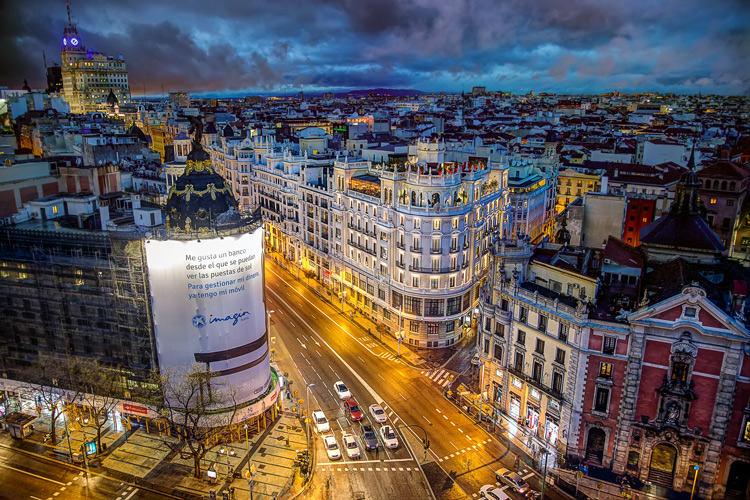
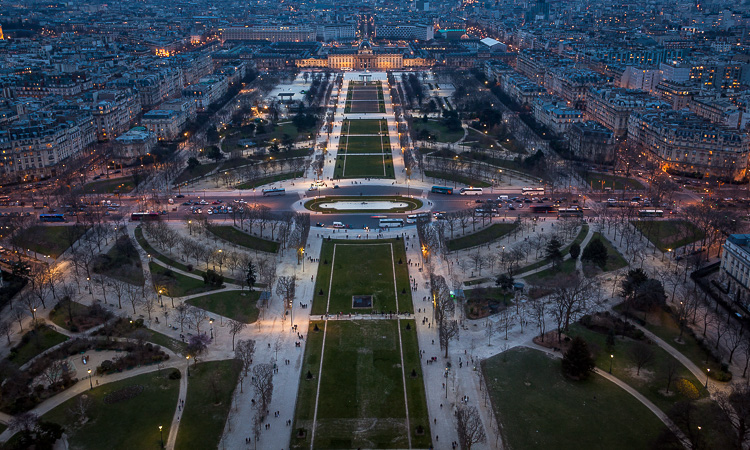
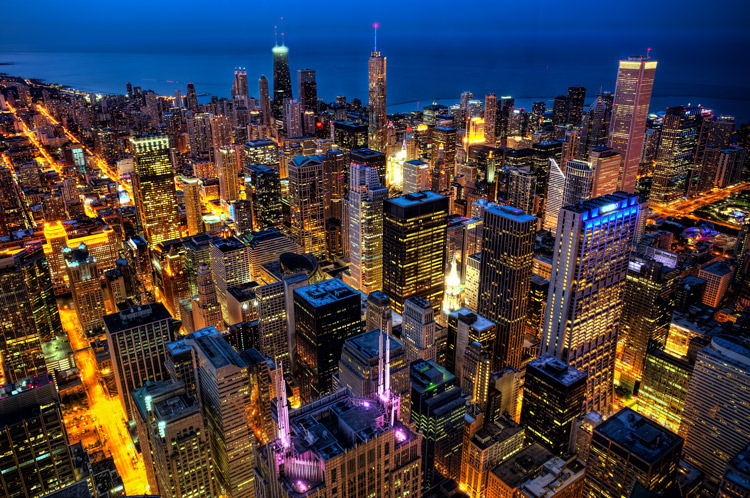
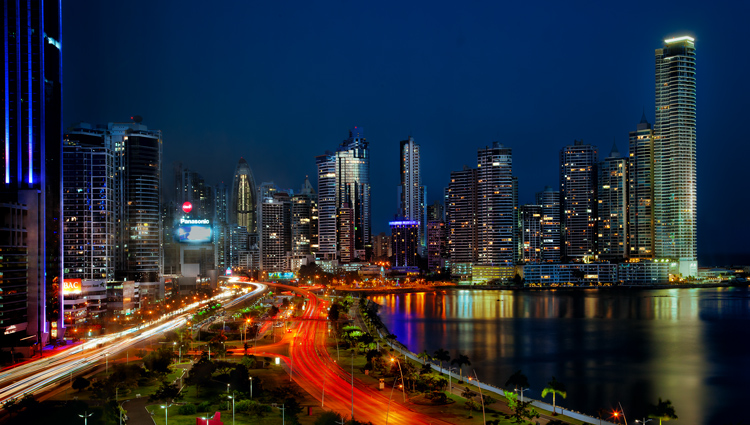

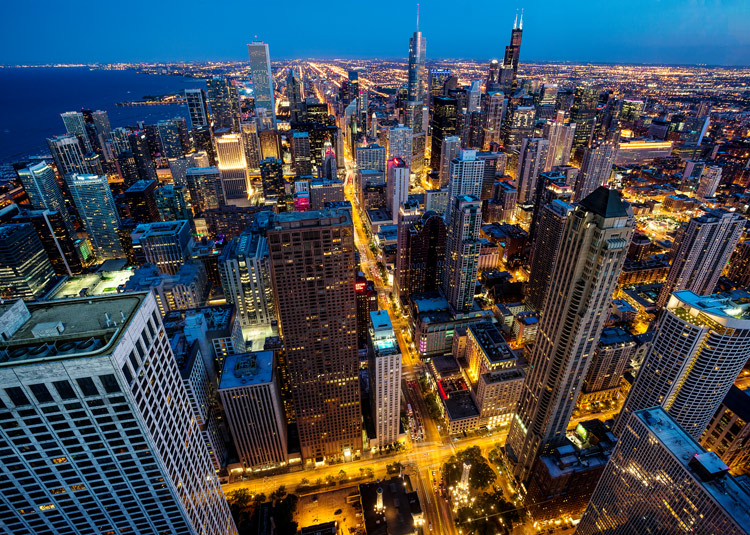
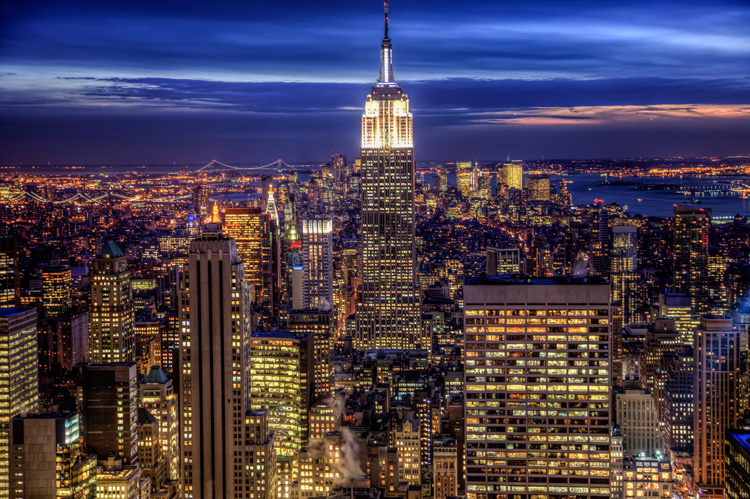

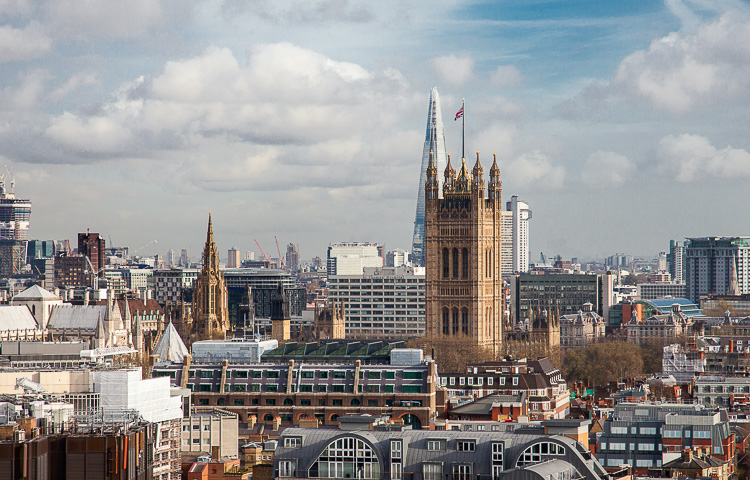
You must be logged in to post a comment.